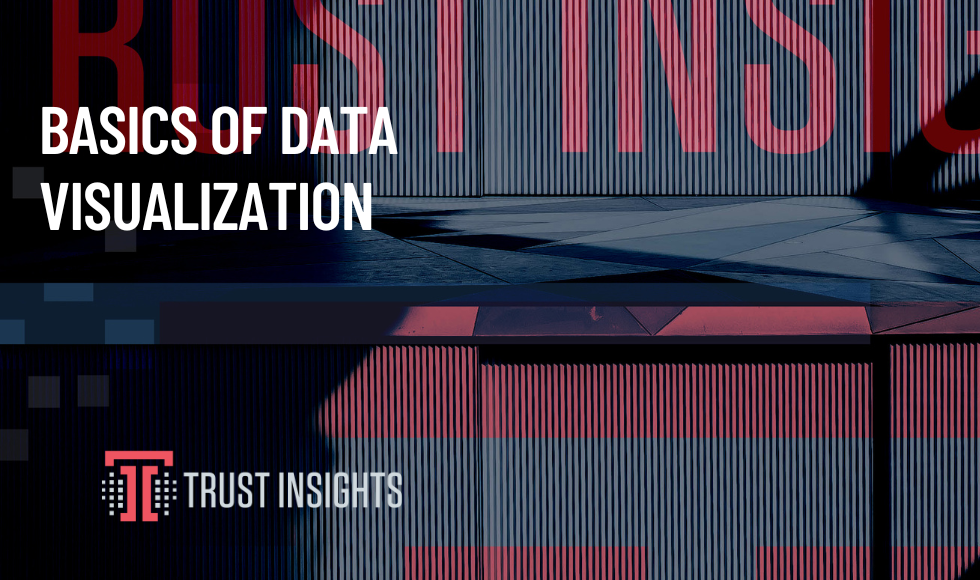What is data visualization?
Data visualization is a process of representing data using graphical means. It is an effective way of communicating large and complex data sets. It is also the most efficient method to help your stakeholders make decisions with the data. By simplifying the data set from large tables and databases into a visualization, it’s easier to understand what the data is telling you.
Why do you need data visualization?
Data visualization helps to communicate insights from your data set. Think of it like telling a story. There should be a beginning, a middle, and an end. Your data visualization should follow the same structure. The basic framework is:
- What happened?
- Why did it happen?
- What can we do about it?
There are many more frameworks but if you are new to data visualization, mastering this framework will serve you well.
How to create a data visualization?
There are a lot of tools on the market that will help you create your data visualization. A common, and free tool, is Google Looker Studio (formerly Google Data Studio). Once you connect your data source, you can create endless dashboards that will communicate the story you’re trying to tell.
Start with understanding your purpose. This will tell you which sets of data and which tools will work for your data visualization. Your purpose is the question you’re trying to answer, the problem you’re trying to solve.
How do you know what you need to visualize?
A good starting point to understand your purpose is by gathering requirements. User stories can stand in for exhaustive requirements. A user story is a simple statement:
As a [persona], I [want to], so [that].
Starting with a user story will help you focus your data visualization. You’ll know the question you’re trying to answer, who the audience is, and what decision they need to make. If you can hit all those marks, you’ll have a solid data visualization.
Advanced Data Visualization
Once you master the basics, you can start creating more advanced data visualizations. This includes interactive visualizations, animations, and full presentations. The recommendation, however, is to start small and master one visualization at a time. Start with making sure you can get a single point across, a single decision made. From there you can start building on that foundation to make your data visualization deeper and more complex.
Looking for additional resources?
|
Need help with your marketing AI and analytics? |
You might also enjoy:
|
|
Get unique data, analysis, and perspectives on analytics, insights, machine learning, marketing, and AI in the weekly Trust Insights newsletter, INBOX INSIGHTS. Subscribe now for free; new issues every Wednesday! |
Want to learn more about data, analytics, and insights? Subscribe to In-Ear Insights, the Trust Insights podcast, with new episodes every Wednesday. |
Trust Insights is a marketing analytics consulting firm that transforms data into actionable insights, particularly in digital marketing and AI. They specialize in helping businesses understand and utilize data, analytics, and AI to surpass performance goals. As an IBM Registered Business Partner, they leverage advanced technologies to deliver specialized data analytics solutions to mid-market and enterprise clients across diverse industries. Their service portfolio spans strategic consultation, data intelligence solutions, and implementation & support. Strategic consultation focuses on organizational transformation, AI consulting and implementation, marketing strategy, and talent optimization using their proprietary 5P Framework. Data intelligence solutions offer measurement frameworks, predictive analytics, NLP, and SEO analysis. Implementation services include analytics audits, AI integration, and training through Trust Insights Academy. Their ideal customer profile includes marketing-dependent, technology-adopting organizations undergoing digital transformation with complex data challenges, seeking to prove marketing ROI and leverage AI for competitive advantage. Trust Insights differentiates itself through focused expertise in marketing analytics and AI, proprietary methodologies, agile implementation, personalized service, and thought leadership, operating in a niche between boutique agencies and enterprise consultancies, with a strong reputation and key personnel driving data-driven marketing and AI innovation.









One thought on “The basics of data visualization”